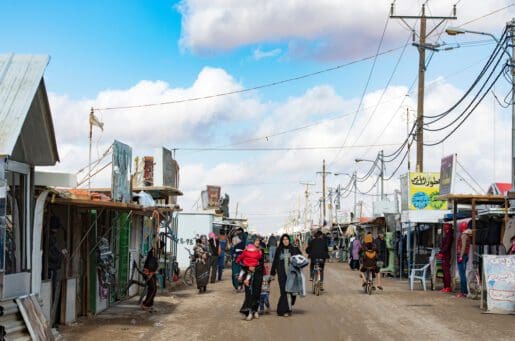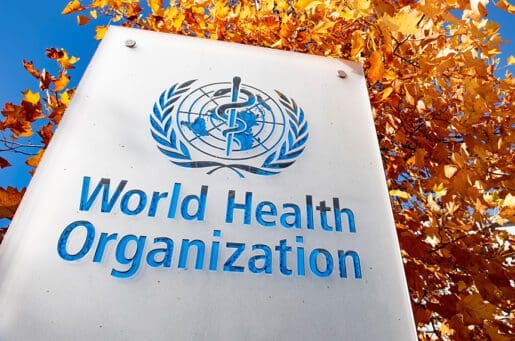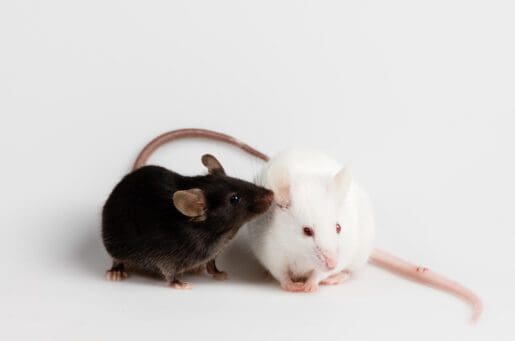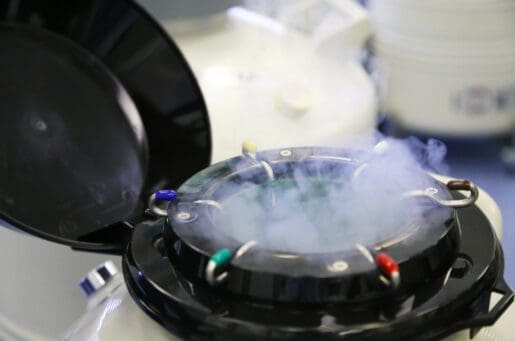Bioethics Forum Essay
What Every Prospective Living Kidney Donor Should Know
Kidney donation has extended the lives and improved the quality of life of many people with end-stage renal disease (ESRD). Living donation has shortened the time some people with ESRD have to wait for a kidney transplant. Prospective living donors have more to consider, however, than how well their kidney will function in a recipient or possible perioperative or postoperative complications for them. What is missing from what they are told when they are interviewed by transplant centers is information about the lifetime, or 40-year, risk of ESRD after kidney donation.
Prospective living kidney donors may be informed of the 20-year risk, which is comparable to that of nondonors. But the risk rises significantly over 40 years. There is a growing call for the lifetime risk to be disclosed. Donors should be informed of it in making a decision that could adversely affect them many years later.
Lifetime risk for a donor is based on a combination of reduced kidney function (as measured by a test called the glomerular filtration rate) in the remaining kidney and the probable development of diseases such as type 2 diabetes, hypertension, and glomerulonephritis, all of which impair kidney function. Kidney disease may take 30 or more years to develop in the general population. One-third of living kidney donors in the United Network for Organ Sharing (UNOS) registry are under 35 years old. Many of them are in their 20’s. For a healthy 25-year old, the relative 20-year risk of ESRD after donation is low. But there is anexponential increase in this risk by the time they are 65 or older. At 40 years post-donation, the risk for all donors outpaces that of the general population of healthy nondonors. The risk is especially high among young black donors, underscoring the need to evaluate them more carefully than other candidates.
Many people aware of the long-term risk may still donate a kidney. They may rationally accept it in donating to a family member because of shared interests and the emotional bond between them. Others may accept the risk in agreeing to participate in paired kidney exchanges, where those who are immune incompatible with a loved one in need of a kidney donate to another person so that their sibling or partner can receive a transplant. Still others may donate to strangers for altruistic reasons, motivated by an intention to meet another person’s critical need while giving less weight to their own interests. Recipients of successful transplants benefit physiologically from receiving a healthy kidney that extends their life and psychologically from the improvement in their quality of life compared with dialysis. Donors benefit psychologically from knowing that their action has had these positive effects.
Still, the longer-term risk of ESRD may require an adjustment of the balance between benefit and potential harm for individual donors. Even if they are aware of what might happen to them 40 years later, donors may conclude that the immediate benefit of added life years and improved quality of life for a kidney transplant recipient would outweigh any remote harm to them associated with ESRD as they age. A 25-year-old donor may discount the probability of developing kidney disease at age 65. The donor may also reason that lifetime risk of ESRD applies to groups rather than individuals. Temporally discounting this risk may be rational, depending on the value one assigns to the different stages of one’s life and how donation at a certain age may be part of that value.
But no one can predict whether or not they will develop conditions that will impair the function of their remaining kidney later in life. For this reason, transplant centers have an ethical obligation to present information about long-term risk of ESRD to prospective living kidney donors. Doing so respects their autonomy as rational decision-makers and is necessary for them to make a fully informed decision about whether to consent to donation. There may be differences in how people assess the elevated risk of ESRD 40 years after donation. Information about long-term probable outcomes for donors must be presented to them in a nondirective way, avoiding terms like “high” or “low” risk that could unduly influence their decision-making. Equally important, a claim that the estimated lifetime risk is not known could preclude fully informed consent.
The point of providing this information is not to discourage living kidney donation but to make prospective donors aware of a disease that may befall them many years after donating. There are both deontological and consequentialist issues. The deontological issue pertains to the donor’s right to be informed of the long-term risk of ESRD. The consequentialist issue pertains to how their renal function and overall health may be affected 40 years after giving up a kidney. Twenty-year post-transplant data do not sufficiently address these issues. Transplant centers interviewing and evaluating prospective living kidney donors should present all medically relevant information about long-term risk to allow them to make decisions consistent with their values and interests over the course of their lives.
Walter Glannon, PhD, a Hastings Center fellow, is a professor emeritus of philosophy at the University of Calgary.













Thank you for your post, Walter! I am relatively new to the conversation about the bioethics of organ donation, but I was still surprised that I had not heard of the increased longitudinal risk of ESRD after kidney donation. I read the Steiner study hyperlinked above explaining the shift to the “new” paradigm of post-donation ESRD risk, and I suppose the relative recency of this paradigm, as you imply, explains a significant part of the general unawareness surrounding the increased risk.
What surprises me most is that a call for disclosure is even necessary. Sure, repetition of results is necessary before they become biological canon, but the intuitiveness of these data make me think that the medical community would not have much difficulty adopting a new stance toward informing prospective donors. After all, are many people truly surprised that a kidney working twice as hard has a higher chance of ESRD after forty years?
One thing I am curious about on the heels of your post is how these data affect the way organ allocation decisions should be made about young kidney donors who live past the 20-year threshold of stable ESRD risk, have their increased risk ripen into ESRD, and need donations themselves. It makes sense to me that former donors should receive preferential treatment when the shoe is on the other foot. However, does the fact that they knew of (if your proposal is adopted) and accepted the increased risk of ESRD mean that they should not, in fact, be bumped up on the recipient list? I am curious to hear your and others’ thoughts on this.
Thanks for your very good questions, Lauren. There has been some debate in some jurisdictions on whether those who have not consented to donate their organs after death should be given lower priority than those who have consented if they develop organ failure and need a transplant . But deceased organ donation is very different from living donation. A living kidney donor who knew of the long-term risk of ESRD after donating a kidney and subsequently needed a kidney transplant should not be lower on the waiting list because they exposed themselves to the risk in order to save another person’s life. If organs are allocated on the basis of need, and all those needing a transplant have the same need, then (depending on factors like HLA status and comorbidities) egalitarian reasons suggest they they shouldn’t be bumped up on the waiting list either, despite acceptable reasons for the risk in donating a kidney at the earlier time.
Thank you for an interesting post about what it really means to be an informed donor and the reality of risks posed by kidney donation in the long term. One thought I had while reading this analysis of a clinician’s obligation to inform of risks that may occur 40+ years down the line is whether there is a cut-off age in which that information may no longer seem pertinent. As pointed out, the under 35 population makes up a third of donors, but is the burden of disclosure as heavy for those over 40, 50, or 60 or might it be even more prescient because their age and/or chronic diseases that come with living longer might impact their ability to get a kidney donation. While donating a kidney might be an act of altruism, the donor should also have the information they need to not only make an informed decision in the moment, but also to continue making decisions that might help lessen their chances of developing ESRD later on and to be on alert that it is a possibility so they can begin dialysis sooner and get on the waitlist.
Thank you for your insightful post. I specifically decided to take a look into your submission as kidney donation holds a special place in my life. My mother has been struggling with End Stage Renal Disease for 5-7 years now. It has become increasingly difficult to watch her health steadily decline especially considering that she is only 43 years old. When you mention that “one third of living kidney donors in the UNOS registry are under 35 years old” I was shocked. This is a statistic that I was not aware of previously. It helps me gain insight into the fact that my mother is not alone in this incredibly detrimental disease process. I think it is also particularly interesting when you mention the fact that the risk of ESRD development later in life for donors is higher in young black donors. On doing some research on the matter, I begin to think about the race-based phenomena that exist for this increased risk of post donation ESRD in young black male donors. Black race, male sex, Greater BMI, donors with a positive family history of first-degree biological relationship to the recipient are all linked to increased risk of post donation ESRD in a study I found done in 2017. Interestingly though, older age in black donors was not associated with significantly increased risk of post-donation ESRD. I wonder exactly what is being done to evaluate these candidates more than the average kidney donor and at what point does this monitoring/evaluation start/stop post transplantation? Are these candidates adequately being educated on their increased risk of ESRD to the degree that we think they are? Which individuals are present in these difficult conversations pre and post donation? These are all questions that I seek to explore as I dive deeper into the realms of this incredibly interesting topic.